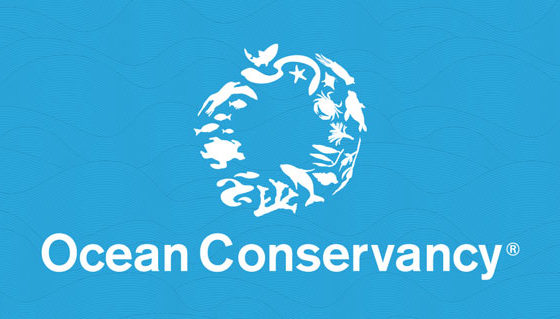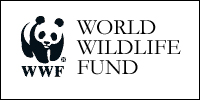Uncharted Waters: Experimenting with Red Snapper Management
Published by Ocean Conservancy Last year, we told you about how the rebuilding of red snapper in the Gulf of Mexico was being jeopardized by a long recreational fishing season that would lead to overfishing. This year, managers are trying something new—experimental strategies that give states more say in how recreational fishing is managed. This has […]










